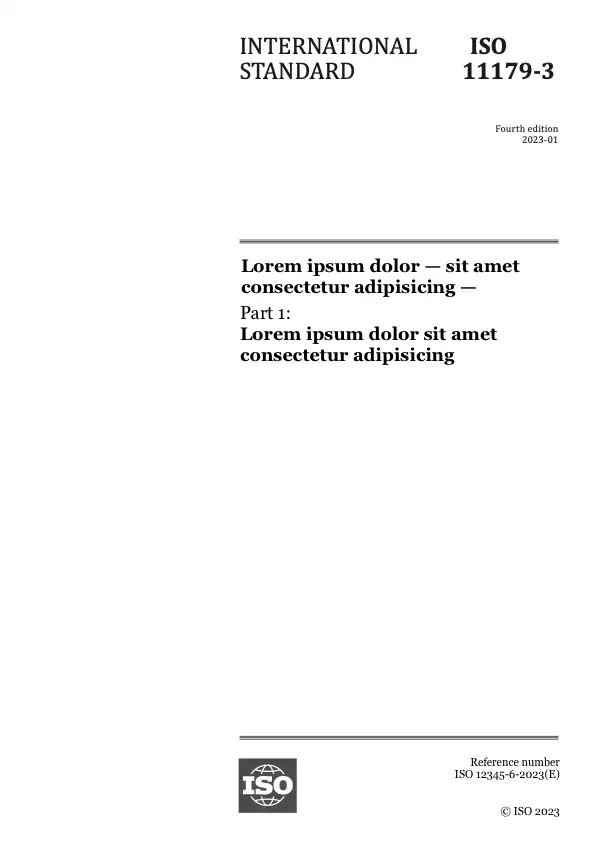Résumé
ISO 18437-5:2011 specifies two methods for estimating Poisson ratio or/and elastic modulus for isotropic visco-elastic or porous-elastic materials for use in linear finite element method (FEM) computer programs or other numerical approaches to vibrational or acoustic problems in visco-elastic structures of complicated geometry. The method is based on comparison between measurements of force-deflection or stiffness characteristics for disc-shaped specimens, with bonded boundary conditions at both ends, and FEM calculations of those conditions as a function of Poisson ratio. The choice of the single-sample or two-sample measurement method depends on whether the Poisson ratio is to be determined alone or together with the elastic modulus. Sometimes these materials are considered to be incompressible and behave non-linearly especially in large static deformations. Many commercial codes are available to solve such problems. This is not the case in ISO 18437-5:2011, where only small deformations observed in typical vibration problems are considered and, hence, linear FEM codes are adequate and more convenient.
For the purposes of ISO 18437-5:2011, and within the framework of ISO/TC 108, the term dynamic mechanical properties refers to the determination of the fundamental elastic properties, e.g. the complex Young modulus and Poisson ratio, as a function of temperature and frequency.
ISO 18437-5:2011 is applicable to resilient materials that are used in vibration isolators in order to reduce: a) transmission of audio frequency vibrations to a structure, e.g. radiating fluid-borne sound (airborne, structure-borne, or other); b) transmission of low-frequency vibrations which can, for example, act upon humans or cause damage to structures or equipment when the vibration is too severe.
The data obtained with the measurement methods that are outlined in ISO 18437-5:2011 and further detailed in ISO 18437-2 to ISO 18437-4 can be used for: 1) design of efficient vibration isolators; 2) selection of an optimum resilient material for a given design; 3) theoretical computation of the transfer of vibrations through isolators; 4) information during product development; 5) product information provided by manufacturers and suppliers; 6) quality control.
Prévisualiser
Informations générales
-
État actuel: PubliéeDate de publication: 2011-04Stade: Norme internationale confirmée [90.93]
-
Edition: 1
-
Comité technique :ISO/TC 108ICS :17.160
- RSS mises à jour
Cycle de vie
Vous avez une question?
Consulter notre FAQ
Horaires d’ouverture:
De lundi à vendredi - 09:00-12:00, 14:00-17:00 (UTC+1)

